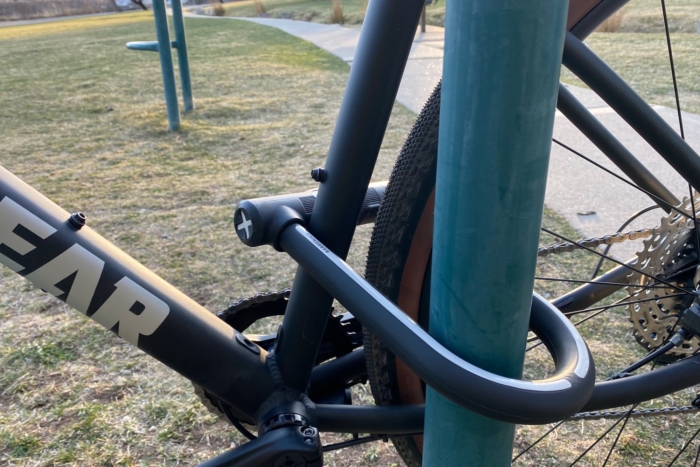The IBIS Ripley is a well-respected and almost universally loved short-travel trail bike.
For years, the short rear triangle and DW-link rear suspension with a long and slack front end have delivered a playful ride — a mix of stability and agility that has mesmerized riders since 2013.
In 2021, IBIS launched the Ripley AF, the aluminum-framed cousin of the Ripley. The big play was the price.
A current Shimano Deore outfitted Ripley AF complete bike retails for $3799, nearly the same price as the carbon Ripley frame alone ($3,499). So comparably, the Ripley AF is quite the deal.
But what about the performance? Does it do the IBIS Ripley and DW-link names justice?
In short, the Ripley AF delivers its much costlier cousin’s pedaling efficiency and suspension performance. The tradeoffs are minimal compared to the cost savings. It is one of the best deals for a trail bike with proven DNA.
First, the Suspension
Rear Suspension
DW-link rear suspension has impressed me every time. The resistance to power-robbing suspension bobbing while seated has always been stellar, and it was the same happy story on the Ripley AF.
Whether churning a big gear on the flats or grinding the lowest gears on steep and rocky climbs, the DW-link provided a stable platform and put the most power into the rear tire. And this was with the shock left wide open. I never remembered once to change it. That’s how good the DW-link was for seated pedaling.

Front Suspension

The Rest of the IBIS Ripley AF


The Downsides
Closing Thoughts













